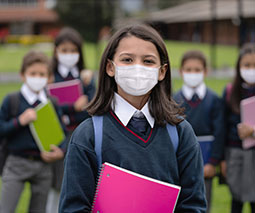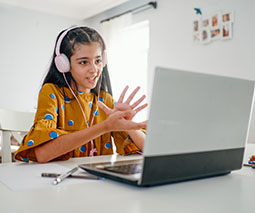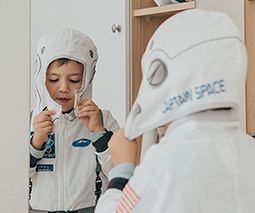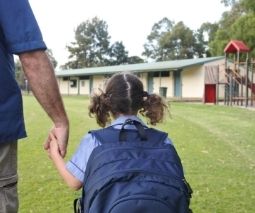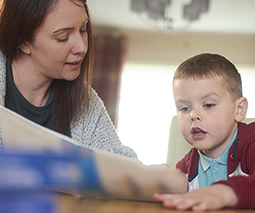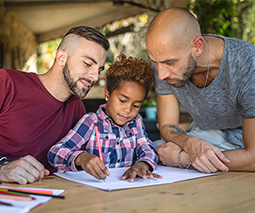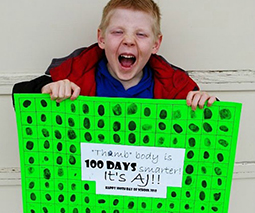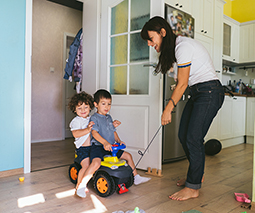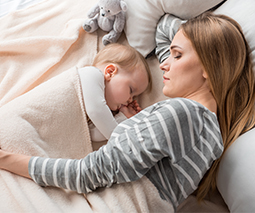Anxiety can affect kids’ academic performance. Here are 10 things that can help
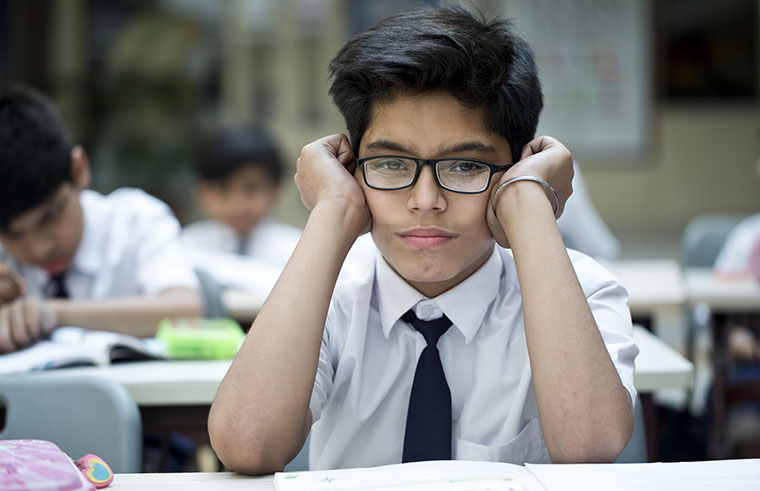
While social and emotional effects of anxiety are often explored, many people may not realise anxiety can have a significant impact on children’s academic work too.
One in seven Australians are currently experiencing anxiety. The prevalence of anxiety among children is a cause for concern: 6.1 percent of girls and 7.6 percent of boys. And research shows the median age onset for anxiety is 11 years.
Anxiety is when you feel uncomfortable nervousness, worry, light-headedness, an increased heart rate, a churning stomach, restlessness, and/or a panicky feeling.
We are supposed to feel anxious or a little worried before stressful situations, such as taking an exam, as it motivates us to perform better. But while anxiety serves an important function, it is a problem if it starts to become unbearable and interfere with our daily function.
How it can affect kids’ academic abilities
Attentional control theory provides a well-supported explanation for how anxiety might play out in the classroom. The theory holds that heightened anxiety impairs the efficiency of mental processes (executive functions) but does not always hinder the accuracy of performance.
Research demonstrates the negative impact of anxiety on executive functions in adults. It can affect our inhibition (the ability to control an impulse), shifting (where we switch or shift between tasks or demands), and updating (monitoring and updating information in the cognitive system where information is stored and manipulated for us to complete a task — known as working memory).
Some studies have examined the consequences of anxiety-linked problems with executive function when it comes to academic achievement in children. But research is still limited.
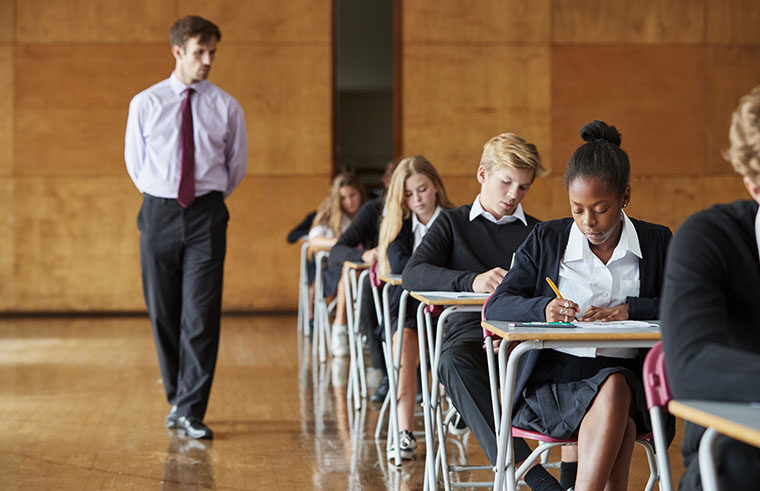
How the theory can help explain classroom difficulties
Based on attentional control theory, it is likely the attention of a child experiencing heightened anxiety might be drawn towards worrisome thoughts rather than their classroom task.
A child might be unable to control their thoughts. For instance, they may think this work is too hard or they might fail. This can lead to trouble shifting their focus to concentrate on academic work.
When new information is presented, a child’s working memory requires updating and their attention needs to stay focused on the task to absorb new material.
But, if attention is being drawn towards task-irrelevant information like the negative thoughts, then performance is less efficient (takes longer) and sometimes less accurate (of poorer quality).
So, what can teachers and parents do to help?
Tips for parents and teachers
There is a lot teachers and parents can do to help, but here are ten tips:
- Provide reassurance and normalise mistakes with statements like: “Mistakes or minor setbacks are a normal part of learning something new”.
- Build confidence. This means praising a child’s effort and reminding them of a time they did well.
- Be proactive. Have difficult discussions about the divorce of their friend’s parents or their fears related to the global pandemic, using age-appropriate language. When talking to a five-year-old, you might say: “It sounds like you might be worried because Joey’s parents have split up, yours might too? One thing is for sure, Joey’s parents both love him very much just like we do as your parents”. Or when talking to a 16-year-old, a teacher might say: “I can hear you are unsure whether to get a vaccine or not? Getting information from reliable sources, like doctors, will allow you to weigh up the pros and cons of your decision and feel more at ease.” Reducing the unknowns makes us less inclined to worry.
- Be ready to listen and empathise.
- Make adjustments. Allow extra time. Provide larger tasks in smaller chunks.
- Provide structure and routine.
- Remove distractions and set a time to worry later. A parent might say: “OK let’s get your homework done, have dinner, take Scooby for a walk around the block and then you and I will sit down and talk about what’s bothering you. If you like we can schedule a regular ‘worry time’.”
- Practice mindfulness. Breathe, exercise, rest and eat well. Take regular breaks
- Remember anxiety is contagious. If the adults at school or home are anxious or worried, it has a flow on effect to the child.
- Seek professional help if needed.
Keep in mind that providing a calm environment allows the child to improve their executive functioning and maximise their potential to achieve at school.
Taking this approach provides a feedback loop of improvement, that is, the more the child feels successful, the less they worry.
Written by Elizabeth J. Edwards, Senior lecturer in Education, University of Queensland.
This article is republished from The Conversation under a Creative Commons license. Read the original article.
